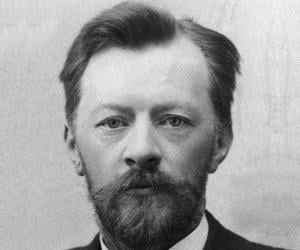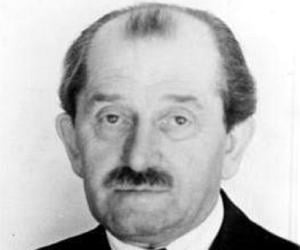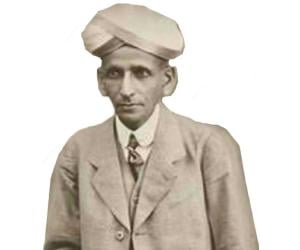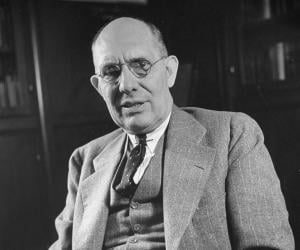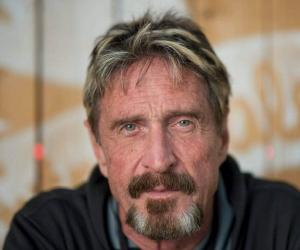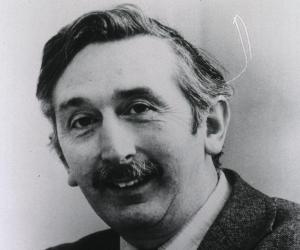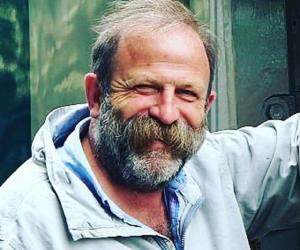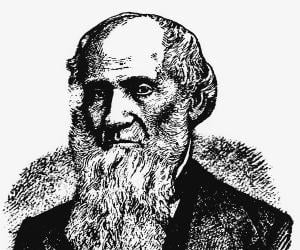Ferdinand Porsche was an Austrian-German automotive engineer. He is credited with founding one of the most popular car companies in the world, Porsche AG. He is also credited with creating the Lohner-Porsche mixed hybrid, the first gasoline-electric hybrid vehicle. During World War II, Porsche was a prominent contributor to the German war effort.
Charles F. Kettering was an American engineer, inventor, and businessman. Kettering is credited with founding Delco Electronics Corporation. Holder of 186 patents, Kettering is also credited with the invention of Freon refrigerant for air conditioning and refrigeration systems. Over the course of his career, Charles F. Kettering won prestigious awards like the IEEE Edison Medal, Hoover Medal, and Franklin Medal.
John McAfee is an English-American businessman and computer programmer. He is credited with founding one of the most popular software companies of all time, McAfee Associates, which specializes in producing enterprise security software. After leaving the company, which is now owned by TPG Capital and Intel, John McAfee went on to found other companies like Tribal Voice and Future Tense Central.
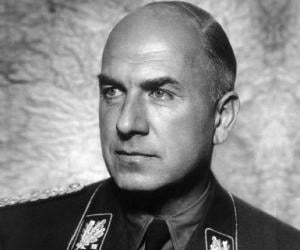
Fritz Todt was a German civil engineer and architect. A senior Nazi, Todt oversaw the construction of Reichsautobahnen, a controlled-access highway, and also served as the Reich Minister for Armaments and Ammunition. Before the start of the Second World War, Todt initiated a military-engineering company called Organisation Todt that oversaw the construction of many Nazi concentration camps.
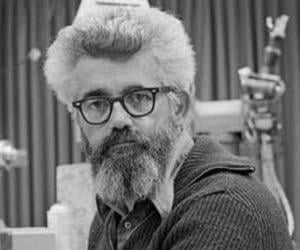
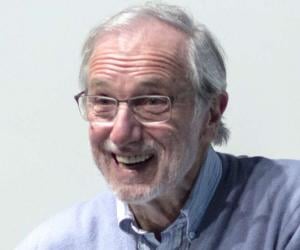
Pritzker Prize-winning Italian architect Renzo Piano was born into a family of builders from Genoa. His firm Piano and Rogers, was co-established with British architect Richard Rogers. The Renzo Piano Building Workshop worked on a number of museum commissions, most notably those of Menil Collection.
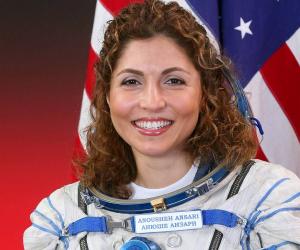
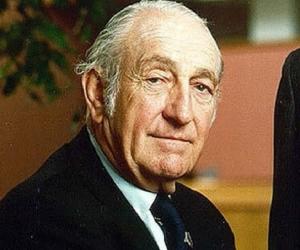
Nobel Prize-winning British electrical engineer Godfrey Hounsfield is best known for developing the CAT and CT scan techniques along with Allan Cormack. He also led the team that developed Britain’s first all-transistor computer. He was knighted for his achievements, while the measure of radiodensity was named the Hounsfield scale.
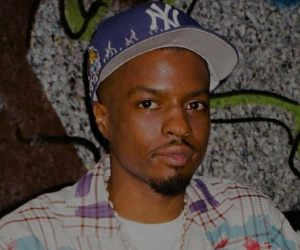
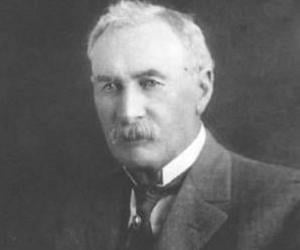
William Mulholland was initially hailed as a hero for building the first aqueduct system of Los Angeles, as the first chief engineer of the Los Angeles Department of Water and Power. He later resigned taking responsibility for the collapse of the St. Francis Dam, which had caused countless deaths.
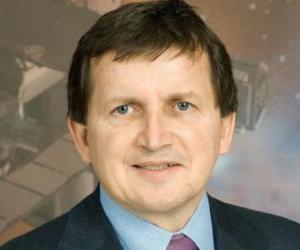
A Stanford PhD, Charles Simonyi initially worked on one of the world’s first computers for Xerox. He is best known for developing Microsoft Office. Though he launched his own firm, Intentional Software, he later sold it to Microsoft. Part of the Forbes Billionaires 2021 list, he also donates extensively to educational charitable causes.
Daniel Fredinburg was an American climate activist, Google executive, explorer, inventor, and entrepreneur. He was credited with co-inventing over 12 software technologies that were recognized and patented by Google. Daniel Fredinburg also served as the head of privacy at Google X before his untimely and tragic death caused by head injuries during an avalanche, at the age of 33.
Dick Strawbridge is a British engineer, television personality, and former army officer. In 1993, he was made a Member of the Order of the British Empire for his service in Northern Ireland. After his military career, Strawbridge has established himself as a TV personality, appearing on several TV programs. He is popularly referred to as Colonel Dick in the media.
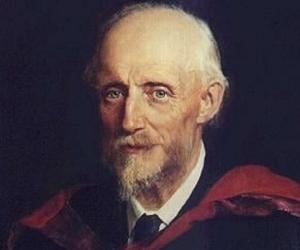
Osborne Reynolds is best remembered for revolutionizing the fields of hydraulics and fluid dynamics. Born to a clergy father who was also a mathematician, Reynolds developed an interest in mechanics early in life. Reynolds was the first engineering professor at Owens College, Manchester, and also a Royal Society fellow.
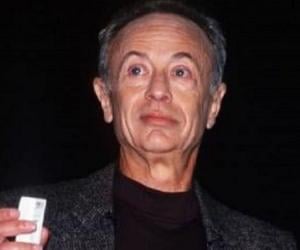
Hungarian-American businessman Andrew Grove was 20 when he fled from Communist-controlled Hungary and moved to the US. Starting as the third employee of Intel, he later became its third CEO. He was named Time magazine’s Man of the Year in 1997 and had also penned several books, including a memoir.
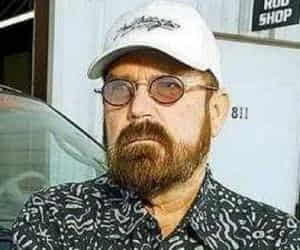
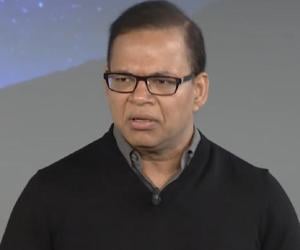
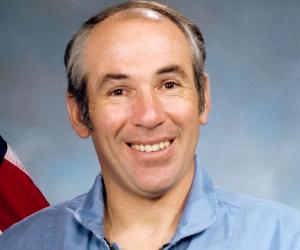
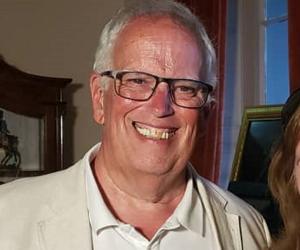
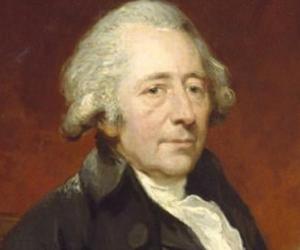
British manufacturer and engineer Matthew Boulton is best remembered as the financier of Scottish engineer James Watt’s pathbreaking steam engine. His Soho Manufactory initially produced metal parts, and he later stepped into John Roebuck’s shoes to partner with Watt, after Roebuck went bankrupt. He also established the Soho Mint.
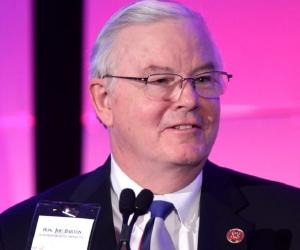
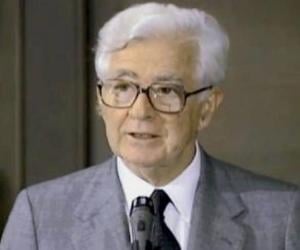
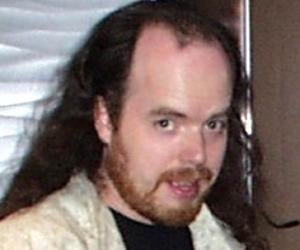
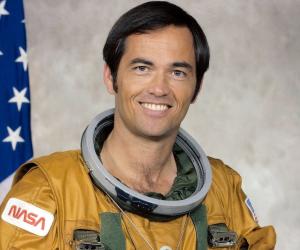
US astronaut, naval officer, and aviator Robert Crippen was a pilot on the first Space Shuttle mission and completed 4 space flights in his career. He later served as the director of Space Shuttle and of the Kennedy Space Center. He also worked for Lockheed Martin and Thiokol.
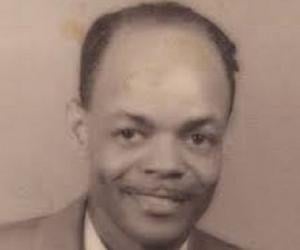
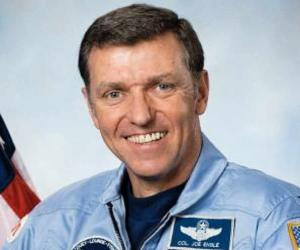
At 32, Joe Engle became the US’s youngest pilot to qualify as an astronaut after flying his X-15 to 280,600 feet. He also commanded 2 Space Shuttle missions, including the 1981 STS-2. He was later inducted to the International Air & Space Hall of Fame.
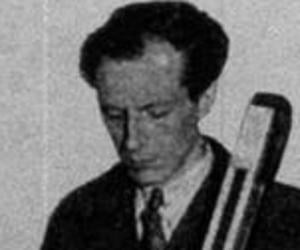
One of the pioneers of electronic music, Léon Theremin invented the aetherphone, also known as the theremin, which was the first electronic musical instrument to be mass-produced. He also doubled up as a Soviet spy, eavesdropping on the British, French, and US embassies, using the Buran device and The Thing.
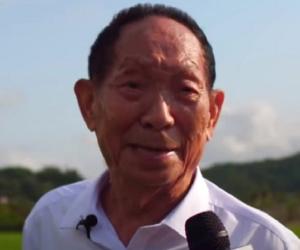
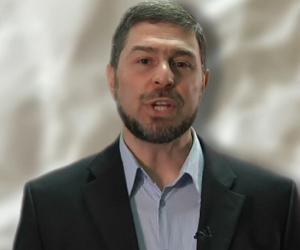
A Syrian engineer who later moved to Canada, Maher Arar made headlines after being detained at the JFK International Airport, on his way to Montreal after a holiday in Tunisia. Suspected of being an Al Qaeda member, he was deported to Syria and tortured, before the government realized its mistake.
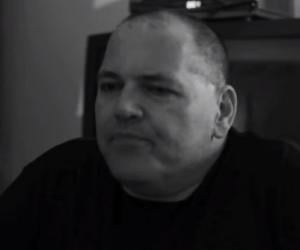
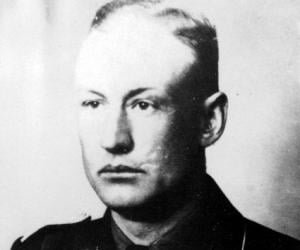
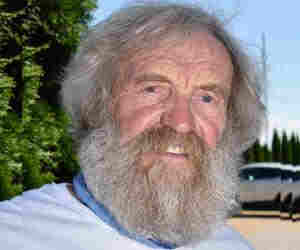
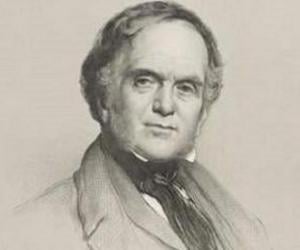
Scottish engineer and political economist William Playfair is best-remembered as the inventor of statistical graphs and secret agent for Great Britain during its war with France. He published the first data graphs in his book The Commercial and Political Atlas. He used line, area and bar charts to represent the economy of 18th Century England and introduced the pie chart.
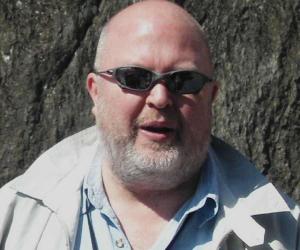
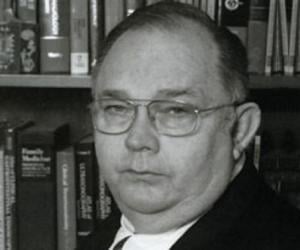
Squire Whipple is remembered for introducing the first scientific bridge construction rules. Initially a surveyor, he later invented truss designs using iron and timber. His treatise An Elementary and Practical Treatise on Bridge Building was a seminal text in railroad engineering for many years and helped in wrought and cast-iron designs.
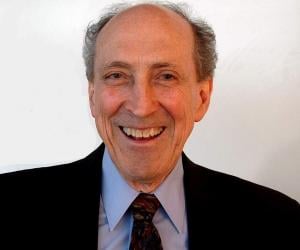
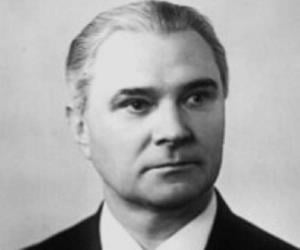
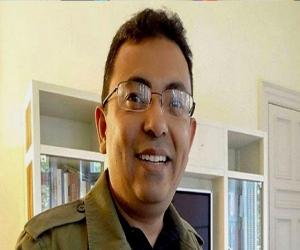
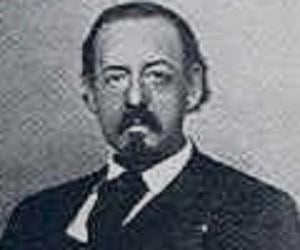
Starting his career as a mechanic at age 12, Siegfried Marcus grew up to be one of the most legendary engineers and manufacturers of his time. His experimental creation, known as Marcus's second car, was the first automobile with a four-cycle engine and the first that used gasoline as fuel.
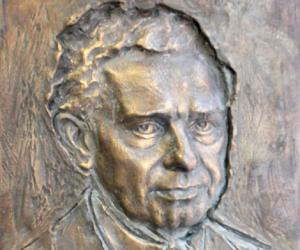
Born to an automobile designer at Austro-Daimler, Porsche AG CEO Ferdinand Anton Ernst Porsche, better known as Ferry Porsche, grew up working in auto workshops and racing the cars he and his father designed. Ferry and his father were commissioned by Hitler to build a low-cost "people’s car," the Volkswagen.
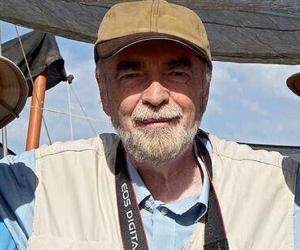
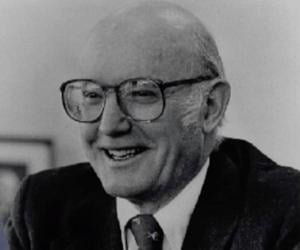
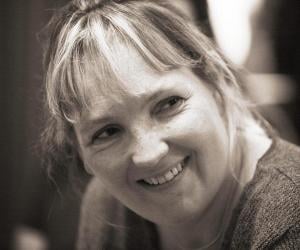
Florence Devouard is a French engineer who served as the chair of the board of trustees of the Wikimedia Foundation from 2006 to 2008. Since July 2008, Devouard has been serving on the advisory board of the Wikimedia Foundation. Devouard is also credited with co-founding Wikimedia France for which she received a knighthood in the French National Order of Merit.
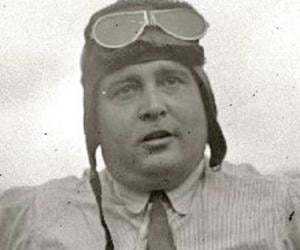
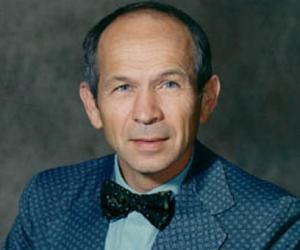
Recipient of the ASME Medal, Belizean-born American mechanical engineer Max Faget, considered an engineering genius, began research for human spaceflight during his time at the NACA. He was the principal designer of the Mercury spacecraft and also worked on the Gemini and Apollo vehicles and the Space Shuttle and retired from NASA as chief of engineering and operations.
